In an ocean of choices, yoga is no exception, and for so many it can also be an ocean of confusion. The media has done a fantastic job of portraying yoga as a practice for a certain person: typically a young, white female, who is lithe, wearing a fabulous two-piece outfit and exhibiting extreme ranges of motion. And although this can be an aesthetically pleasing image, in a subconscious way, many people look at this as an unattainable quest.
So how does one go about finding the “right” yoga class to meet their needs?
All yoga is not created equal. Many come to the mat to make improvements on a physical level. We know that yoga is an excellent choice for improving flexibility, balance and strength. Some people step onto the mat for relaxation, hoping to find an alternative way to manage stress, rather than turning to self-medication through the use of pharmaceuticals, alcohol or shopping.
I believe that the yoga world is not attracting a large portion of the population that would greatly benefit from a more subtle and gentle approach to the practice. Yoga may be popular but it is not yet mainstream. The largest growth I have seen in group yoga classes has been in therapeutic and restorative types of classes. In therapeutic yoga, we focus on re-establishing functional movement patterns, hand-eye coordination, both static and dynamic balance, breath awareness and deep relaxation. It’s particularly suitable to those who have had chronic pain or injury and, as a result, have generated a way of moving that compensates around the injury. In therapeutic yoga, we undo the habitual patterns and reconnect to a more inherent way of moving. The beauty of the practice is that it teaches the individual student to be in charge of their own practice, rather than simply following sequences as dictated by the instructor. It empowers the student to move within learned guidelines which begin to enhance the body’s natural rhythms. In other words, the student creates their own experience, not the instructor.
The growth in restorative yoga is a reflection of our inherent need for deep relaxation. Our lives are overbooked, overstressed and overcommitted. This busyness begins to feel like it’s a “normal state” and how life just is. However, we didn’t evolve to be in chronic states of stress, and poor health is the result of being constantly out of harmony between body-mind-spirit. Restorative yoga is a practice that aims to recalibrate the nervous system, shifting out of the “fight, flight or freeze” response to one of deep healing and balance, that part of us where we renew and restore. It is thought in the world of restorative yoga, that it’s difficult to heal when our nervous system is agitated, so deep and profound relaxation opens the door for this process to unfold.
I believe if you can breathe, you can do yoga. Find a certified yoga therapist who has extensive and particular training in working with people who have challenges. Know that options are available for all types of people regardless of age, health status, gender or experience. You don’t need to be flexible to do yoga; you do yoga to bring balance back into your life.
Jayne Robertson is a certified yoga therapist, E-RYT 500 Yoga Teacher and owner of Desert Yoga Therapy in Rancho Mirage. She holds graduate degrees in exercise and sports science and has 35 years of teaching experience. For more info visit www.desertyogatherapy.com or call (760) 456.5160.






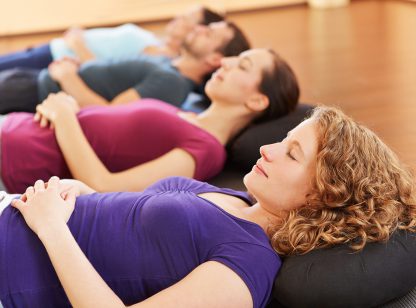







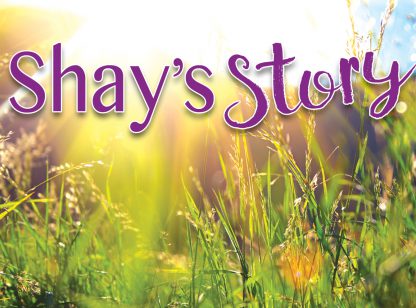
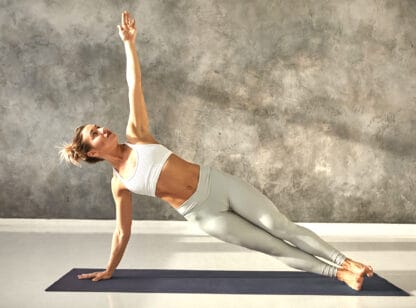

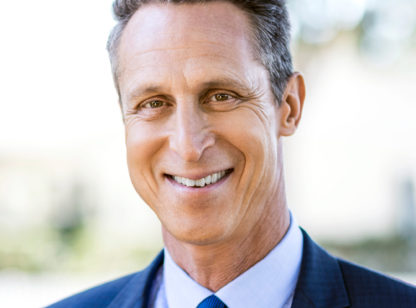
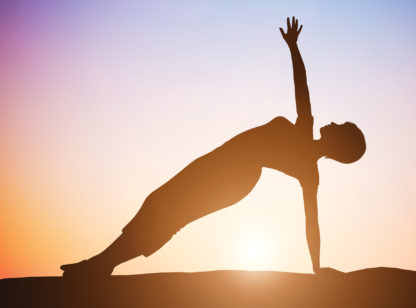
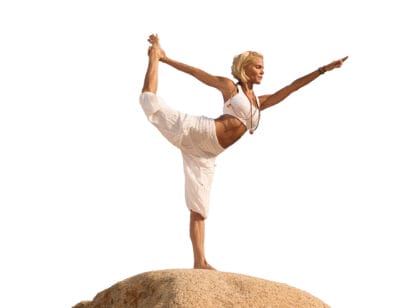



























Comments (0)